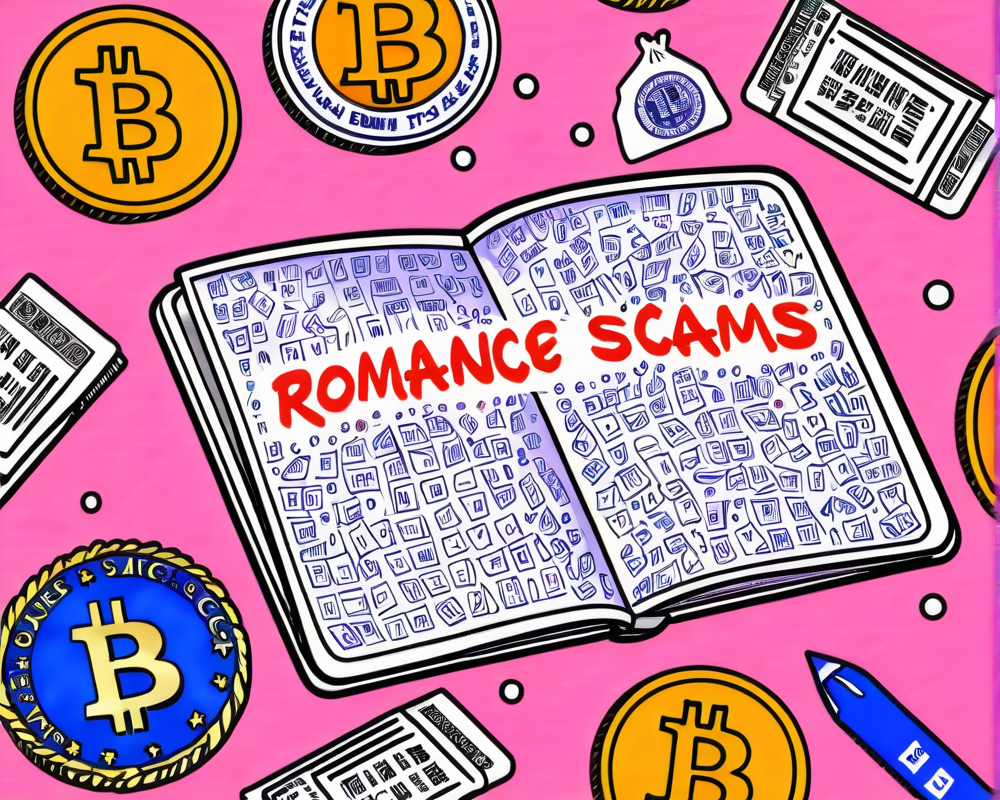Blockchain in Food Retail: The New Buzzword
Blockchain technology has become the shiny new toy for food retail giants like Walmart and Nestlé. From supply chain management to ensuring product provenance, their enthusiasm is palpable. However, it turns out that while blockchain might be ‘the solution,’ the bigger concern isn’t about the tech itself—it’s about the labels on the packages. That’s right; we’re talking sticky tape here, folks.
The Illusion of Traceability
According to Craig Heraghty from PwC, blockchain offers super cool features, but it also creates a false sense of security for retailers and consumers alike. Just because data is tamper-proof doesn’t mean the physical stuff isn’t open for a little mischief. Imagine a cunning thief with a printer, creating labels that look convincingly real. Heraghty warns that it’s essential to think like a fraudster if you’re going to protect yourself.
Walmart’s Ambitious Blockchain Projects
Walmart has been riding the blockchain wave enthusiastically, exploring a multitude of avenues where blockchain could add value. Whether it’s in supply chain management or working on smart appliances, the retailer is on a mission. Recently, they even had a patent for a digital currency, showing they’re not just dipping their toes but diving headfirst into blockchain waters. Who knew grocery shopping could get this futuristic?
Nestlé’s Startup Mentality
Nestlé isn’t facing the blockchain challenge with a laid-back attitude. They’ve adopted a ‘start-up mindset’ to tackle the obstacles in their path. The company has unrolled its ‘Chain of Origin’ initiative in Australia, designed to use blockchain for tracking products. Nominated for an award by the International Data Corporation, this effort aims to improve transparency and let consumers know exactly where their food is coming from. Because who doesn’t want to be able to trace their chocolate bar back to a particular cocoa plant?
The Responsibilities of Retail Giants
If there’s a takeaway from all this blockchain chatter, it’s this: big companies must step up their game. Heraghty emphasizes that the onus is on these enterprises to secure their systems and ensure that the entire process is foolproof. This means investing not only in technology but also in rigorous checks and balances, lest they find themselves at the mercy of crafty label forgers.
Concluding Thoughts
As exciting as blockchain technology may be for food retail, the conversation about its implementation cannot ignore the practicalities and realities at play. True transparency and traceability require more than just snazzy tech; they need a solid foundation to fend off the proverbial wolves in sheep’s clothing. So next time you’re grocery shopping, remember: it’s not just about the blockchain, but about what that label is telling you—or not telling you.




